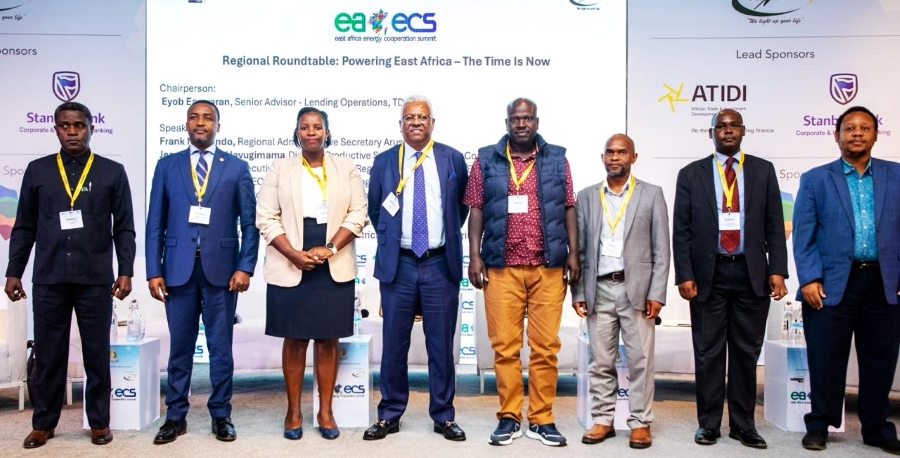Tanzania is working towards linking Islands on the Indian Ocean as well those in Lake Victoria with electricity power supply through planned installation of mini satellite grids on the floating archipelagos.
That was revealed by the Deputy Managing Director of Tanzania Electricity Supply Company (TANESCO) Engineer Costa Rubagumy during the East Africa Energy Cooperation Summit (EA-ECS) 2025, taking place in Arusha.
“To achieve the goal, Tanzania is now inviting private investors through the Public Private Partnership, to establish mini grids in remote parts of the country but especially, islands such as Mafia on the Indian Ocean and other islets in Lake Victoria and Tanganyika,” the TANESCO official maintained.
According to Engineer Rubagumy, as of now, Tanzania has been connecting to the nation grid an average of 500,000 new clients per year.
But now, following the recently held Africa Energy Summit in Dar-es-Salaam, the country is compelled to set a new target of linking 1.6 million new users per year, in line with the Africa Mission 300 initiative.
This should see more than 8.3 million new customers in Tanzania joining the national power lines by 2030.
Tanzania being among the 12 signatories of the Dar-es-Salaam declaration the multi-state inking agreement committing African Governments to accelerate energy access across the continent and promote renewable energy adoption.
On his part, Jean Baptiste Havugimana the Director of Productive Sectors in the East African Community Secretariat (EAC) said the access to electricity in the East African region is below 50 percent on average, though countries like Kenya have gone beyond 75 percent.
“But the EAC secretary is currently cooperating with all member States to increase the rate of grid access in the region…”
“… This is being achieved through shared mini hydro power grids strategically placed along various border areas across the regions,” Havugimana added.
The EAC is also working to establish a regional energy collection center and exchange market for shared power resources, an initiative which will also help distribute the commodity equally across member states as well as cutting down costs among consumers.
“Where some countries produce surplus, others suffer deficiency and therefore, the pooling of these resources will balance supply and demand,” said the EAC official.
Joseph Siror the Chief Executive Officer of Kenya Power and Lighting (KPCL) warned that it was high time the East African countries should now move away from over dependency on Hydro sources of energy.
Siror pointed out that, with climate change and fluctuating weather patterns, Hydroelectricity is no longer reliable and the EAC region must now consider auxiliary power sources such as Geothermal, Solar, Wind and Biogas.

Led by Ministers from across the EAC and large-scale energy users, over two days, the Arusha Summit dives deep into opportunities for the private sector, advocating for a diversified energy mix to maintain grid stability to support major industrial growth, as well as Commercial and Industrial generation.
“Energy is a pillar for development and growth and is crucial for the functioning of the economies of the East African Community Partner States,” Andrea Malueth, the EAC Deputy Secretary General (Infrastructure, Productive, Social and Political Sectors) previously stated.
The East Africa Energy Cooperation Summit will serve as the ideal platform for advancing projects and bringing tangible changes in the industry.

